
Over the past few years we have documented the steady and powerful change that is happening in the fashion world. This is a movement that is very slowly starting to wake up to the fact that diversity, inclusivity, body positivity and realistic standards of beauty and health are what consumers are gravitating toward, as are brands and companies.
And while the momentum is certainly heading in the right direction, there is still one major area that has not fully been addressed as other previously ignored areas have – adaptability. Clothing for differently-abled people should be a vital component of mainstream fashion, but sadly it is not.
We can point to a couple of specific designers who are widening the conversation about this on some of the world’s biggest fashion week runways. Carrie Hammer is by far the biggest name in this area, choosing models in wheelchairs and with prosthetic limbs for her role models not runway models theme, as have Italian design team FT Moda.
In the mainstream consumer fashion industry, designer Tommy Hilfiger recently made news for designing a range of adaptable kids clothing for those with disabilities. They look exactly the same as the regular kids clothing range and also cost the same price, but the difference is the accommodations he has made for those who are differently-abled.
If everyone on this planet wears clothing, why should fashion only market to a select few? This is the question that has been penetrating the often narrow-field of consumer clothing and has managed to push for change. But not enough for disabled people, which is why the Cerebral Palsy Foundation’s Design For Disability runway show is important to take note of.

The event was held at Sotheby’s, New York in May, and was the culmination of 5 months work with designers from the Fashion Institute of Technology. The purpose of this show was to design clothing that will transform the fashion experience for women with disabilities, according to a press release.
Instead of complaining about the lack of representation for disabled people in the fashion world, the Cerebral Palsy Foundation decided that now was the time to do something about it.
“D4D is a thrilling example of how our Foundation approaches the world of disabilities: bringing together diverse thinkers to collaborate on ways to improve lives with ideas and solutions which are already out there waiting to be tapped…the work we introduce, will spur innovation, insight and greater public awareness of issues that women with disabilities face-and the ways we can address them.” said Richard Ellenson, CEO of the Cerebral Palsy Foundation.
In the first round of the competition, 35 FIT students presented designs to a jury panel, of which 5 semi-finalists were chosen to showcase two pieces from their collection during the D4D event.
“It really is encouraging to see just how talented these FIT students are. I think it was amazing to see just how serious they were about the whole project,” said designer Thom Browne, a mentor and juror for the competition.

He told fashion website Racked.com that the designs showcased should be a message to many more designers why they need to cater to all body types and abilities.
“It’s incredible to see these young kids — and I call them kids, because they’re still young and in school — to see how they’re able to marry function with aesthetic. Because at the end of the day, function is important, but the models really just want to look good,” he said.
One of the jurors was Danielle Sheypuk, who has modeled for the aforementioned Carrie Hammer at NYFW, making history as the first model in a wheelchair to appear on the runway. She is also a psychologist and Ms. Wheelchair America 2016.
“Working with committed professionals from both CPF and FIT, along with my fellow jurors, has been an unforgettable experience,” she said about the event.
It is really important and encouraging to see an initiative like this because it breaks down the notion that someone in a wheelchair wouldn’t be interested in high fashion. Fashion blogger and model Jillian Mercado, who has most recently modeled for Beyonce’s Formation clothing line, is probably the most visible example of a disabled person becoming part of mainstream imagery. She has muscular dystrophy and has also modeled for some major brands including Diesel.

Given that disabled people are the largest minority in the world and the most underrepresented in entertainment, there is clearly a LOT of room for improvement when it comes to representation in the public sphere. The Cerebral Palsy Foundation’s D4D show is proving what is possible if there is a conscious effort toward this type of inclusivity.
“I think bringing fashion and disability to the eyes of people who don’t know about it is my favorite part. Everyone has this printed vision of what disability looks like and what they feel it should look like, and tonight will hopefully break that mold,” said Jessica De La Rosa, the current Ms. Wheelchair title holder and an advocate for children with disabilities.
In any other industry, such as politics, change can be incredibly, slow, difficult and at times divisive. But in a creative industry like fashion, there should be no such hardships as rules and broken everyday. This, said the Foundation’s CEO, is why they chose to put on this event.
“It’s all about changing the way we look at things. That’s what fashion and design is all about. It changes things,” said Richard Ellenson.
We certainly hope this kind of disruption can become commonplace in the fashion world, allowing a diverse range of bodies to be included in the widely accepted definition of “beauty”.













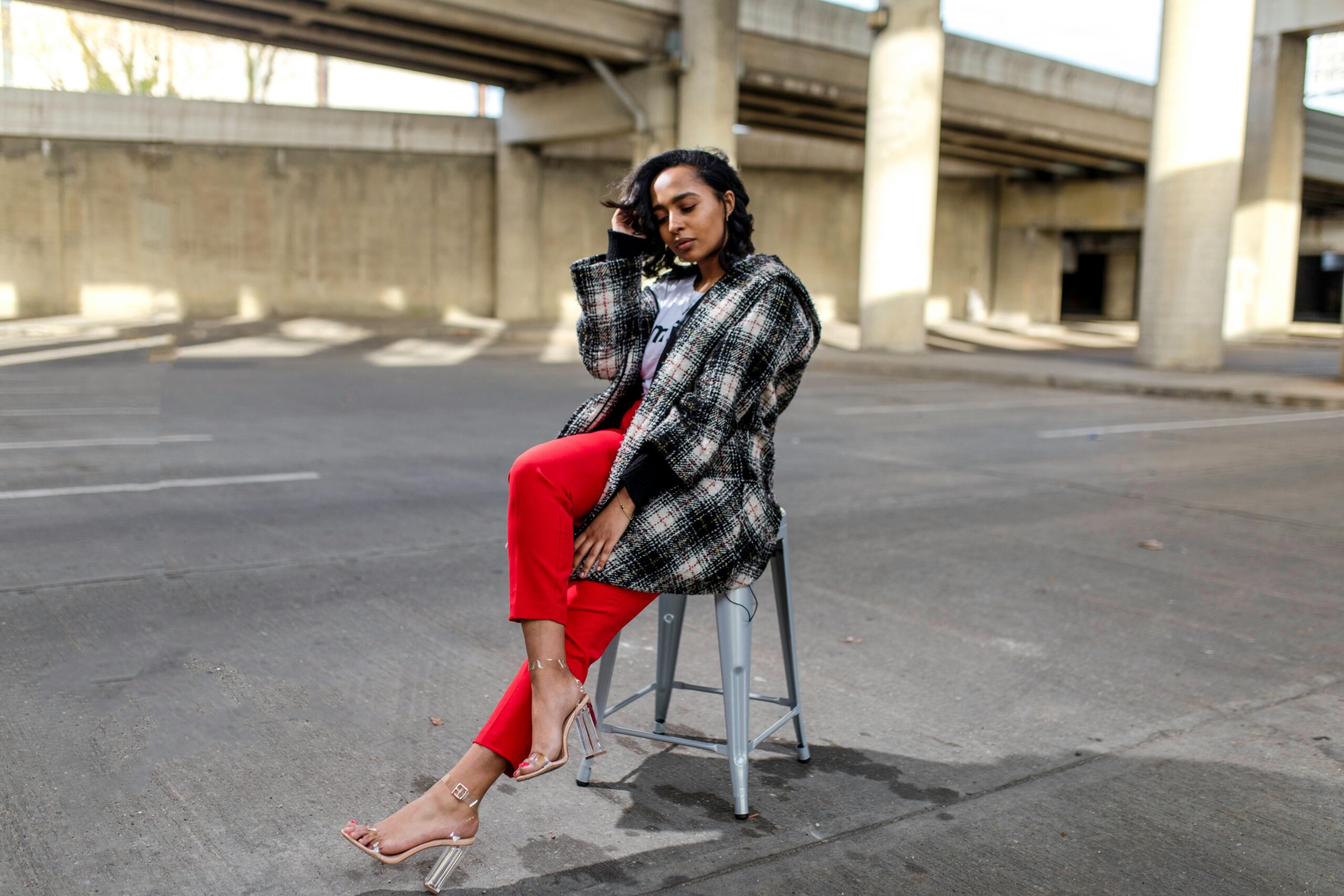
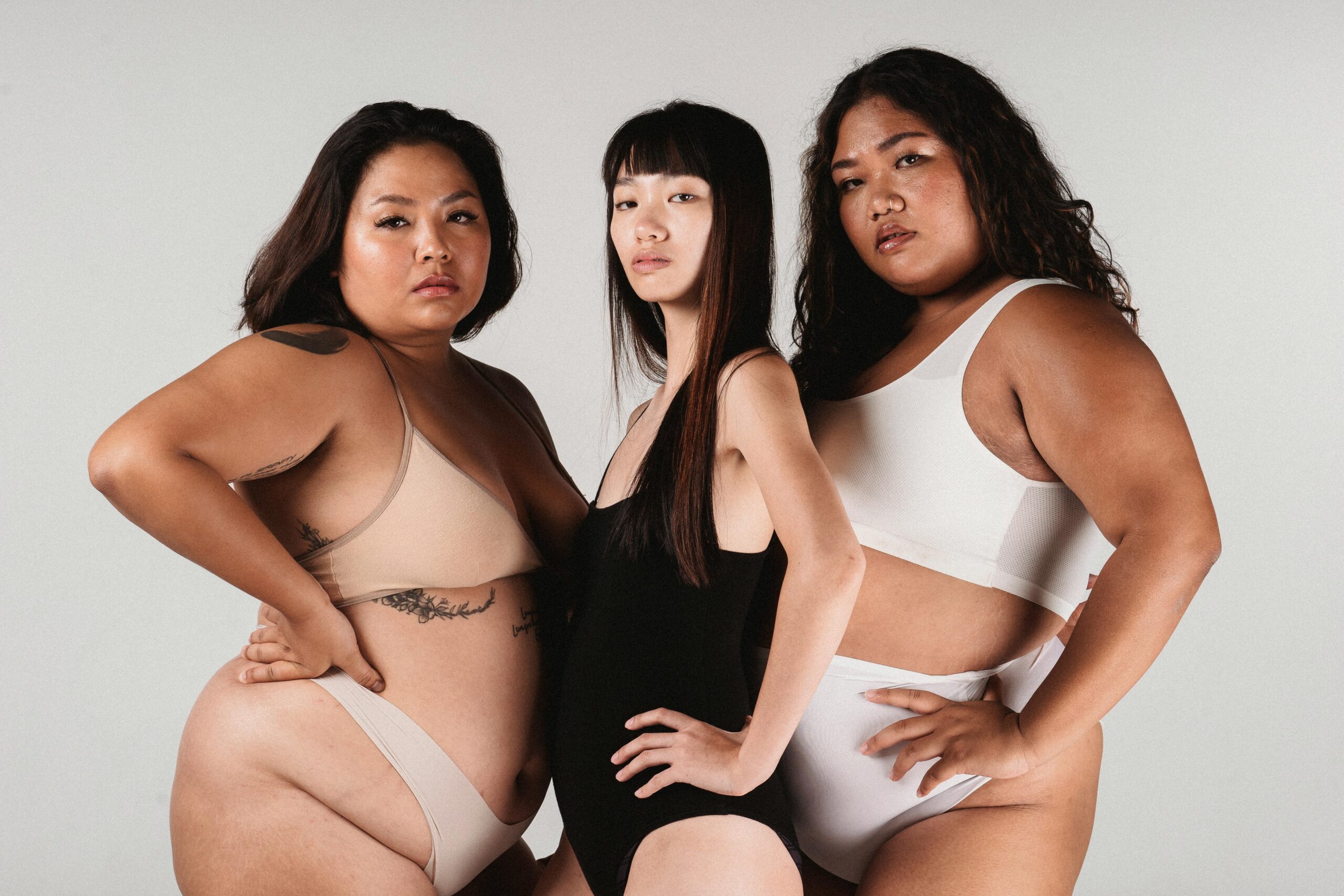
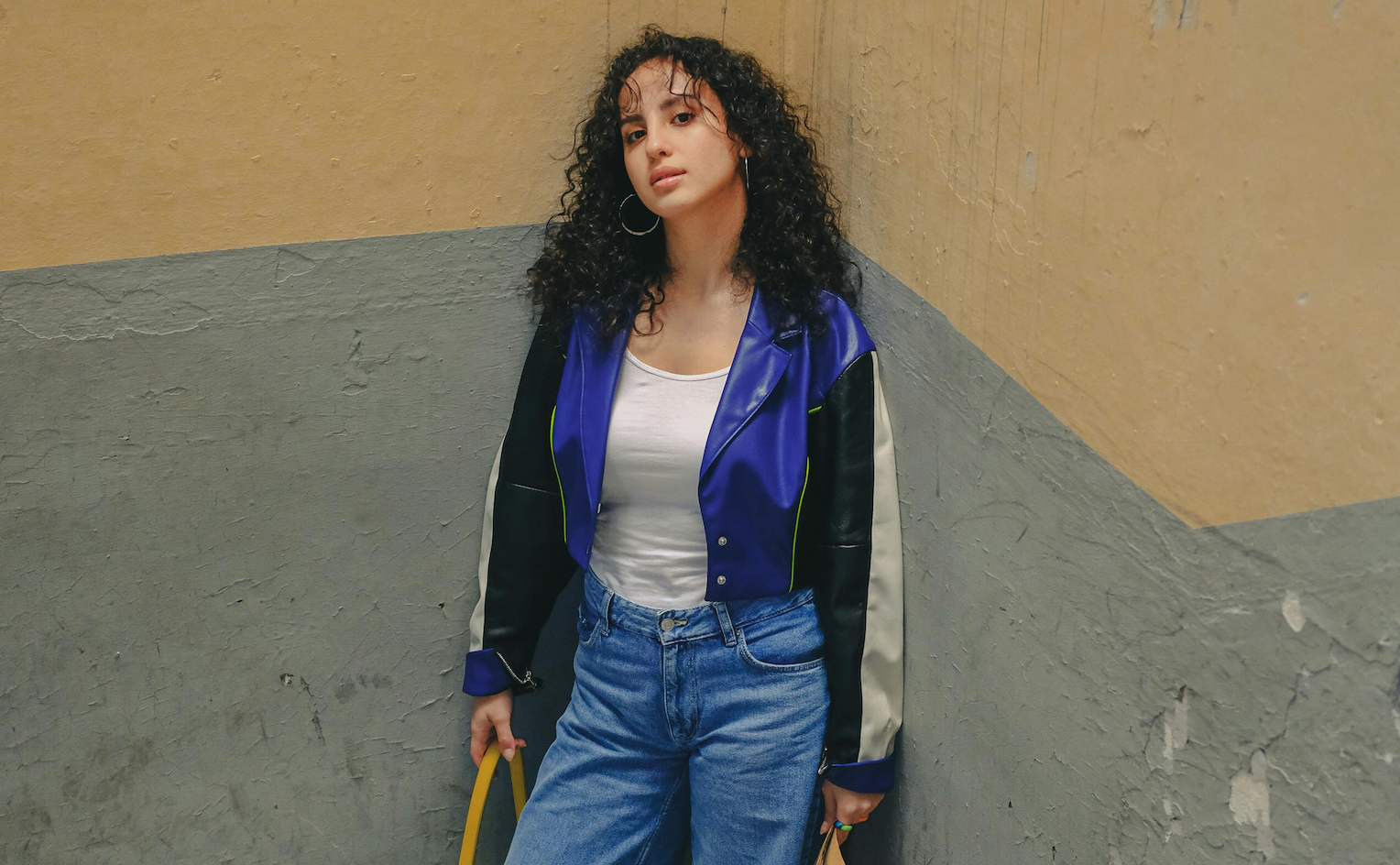
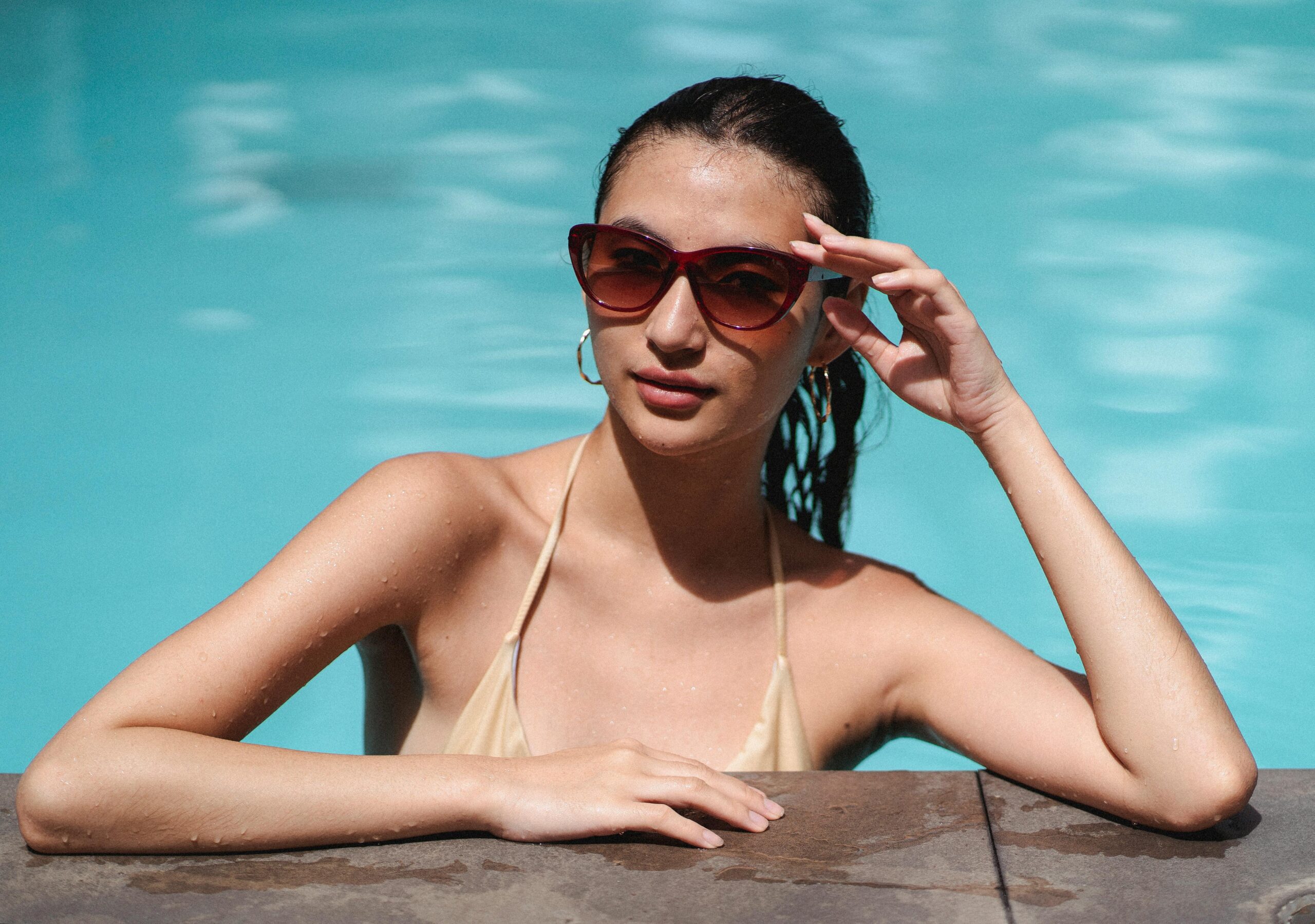
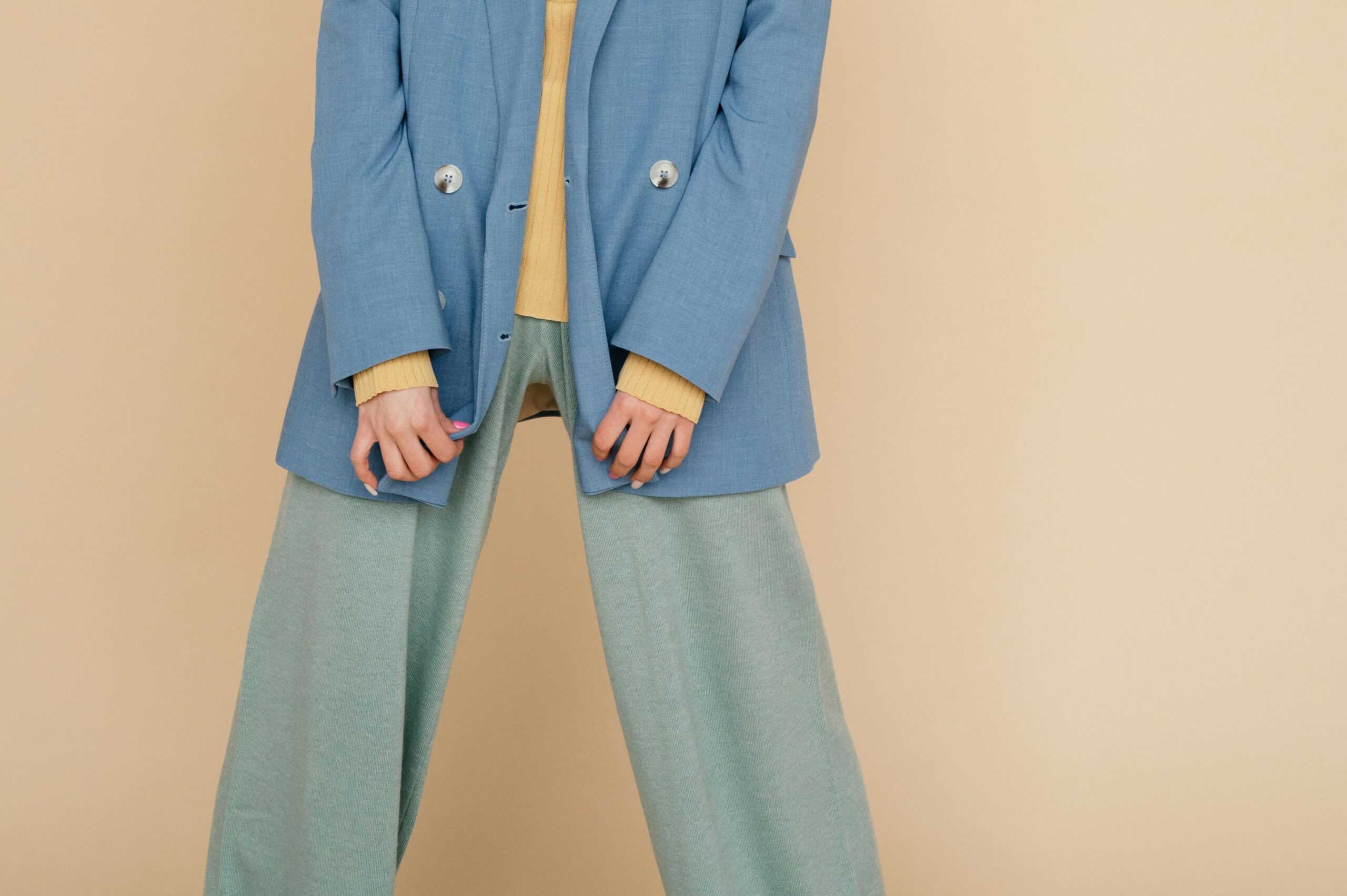
One thought on “Cerebral Palsy Foundation’s Design For Disability Runway Show Highlighted A Major Gap In Fashion – Adaptability”